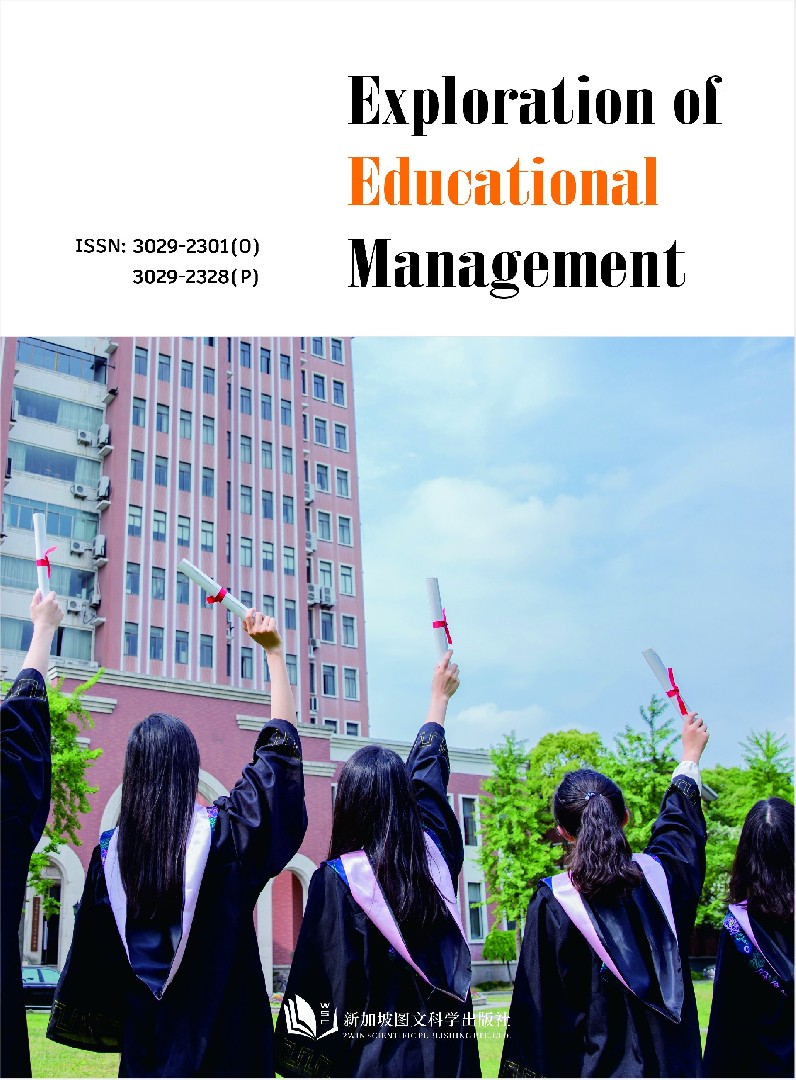作者
Jibao Mao
文章摘要
This paper explores the mental health challenges faced by left-behind children in China, highlighting their prevalence and the underlying social causes, such as family separation, lack of emotional support, and limited access to community resources. The study aims to examine the effectiveness and pathways of school social work as an intervention approach to address these psychological issues. By employing methods including literature review and case analysis, the research demonstrates that school-based social work interventions are both feasible and effective in promoting the mental well-being of left-behind children. The findings suggest that integrating social work into the school system can provide sustained support, strengthen emotional resilience, and enhance the social adaptation of these vulnerable youth.
文章关键词
Left-behind children; Mental health; School social work; Social work intervention; Educational support
参考文献
[1] Zhou,Q.(2016).An exploration of the pathways for social work participation in social governance.Yangtze Forum,(03).
[2] Ministry of Civil Affairs Office.(2018,February 14).Notice on the implementation of policies and regulations concerning social work and volunteer services in 2017(Minbanhan[2018]No.29).
[3] Wang,S.B.(2015).The characteristics and contributions of social work in social governance:A reinterpretation of service-oriented governance.Social Governance,(01).
[4] Yang,Z.,&Wu,X.P.(2018).From administrative leadership to professional leadership:Practices and reflections on rural social work service projects in Western China—A case study of the Ministry of Civil Affairs’“Three Areas”program in Guizhou.Rural Economy,(05).
[5] Department of Social Work,Ministry of Civil Affairs.(2010).Report on the development of social work in foreign countries and Hong Kong,Macao,and Taiwan regions.China Social Press,p.151.
Full Text:
DOI
